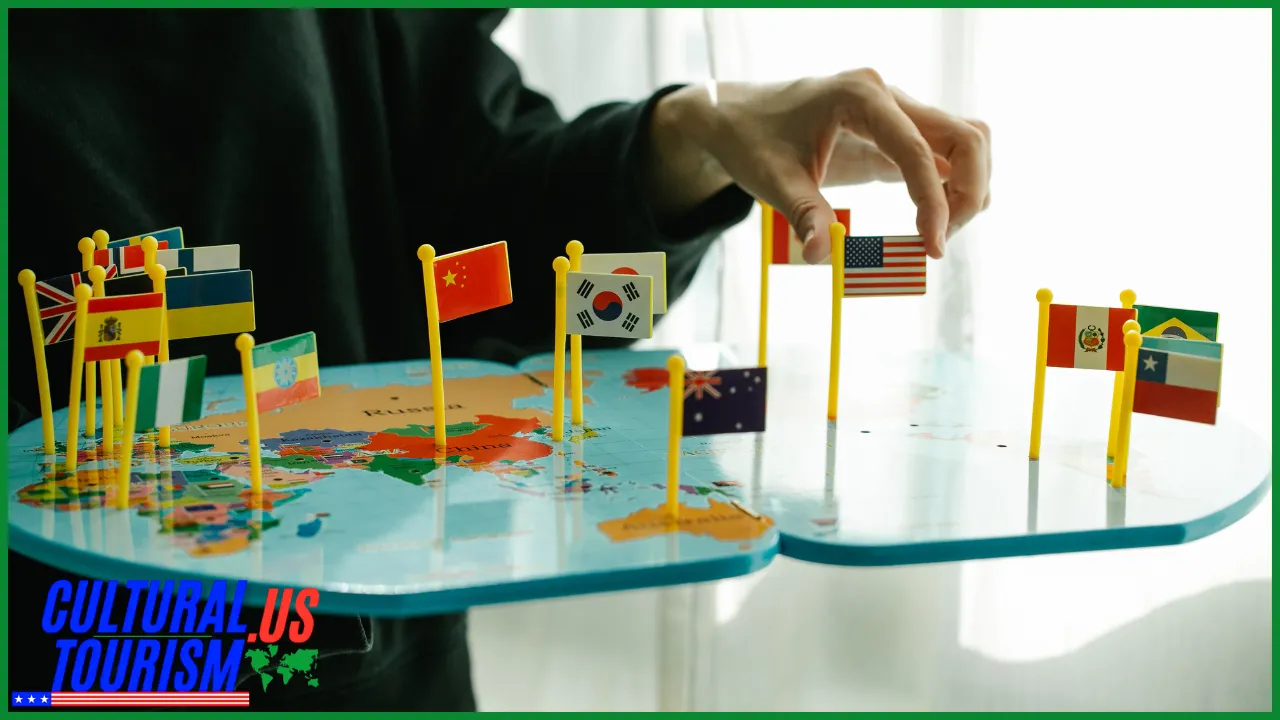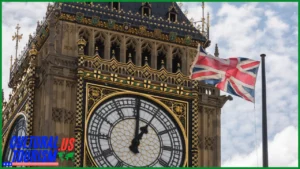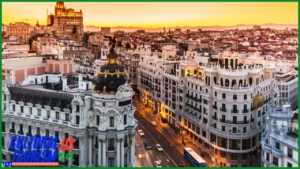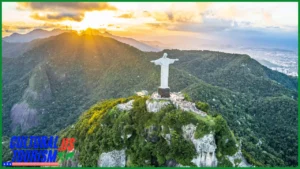Exploring the Mysteries of Moenjodaro, Pakistan
So, you’re thinking about visiting Moenjodaro? Great choice! This archeological marvel may not be on everyone’s travel radar, but trust me, it should be. Nestled in the heart of Pakistan, it whispers tales of an ancient civilization that was once one of the largest urban settlements of the Indus Valley Civilization. And let’s be real: who wouldn’t want to explore a place that literally means “Mound of the Dead”? Sounds like the plot twist of an adventure movie, right?
Why Moenjodaro Matters
A Glimpse into the Past
The first time you lay eyes on Moenjodaro, it’s likely to take your breath away—or at least make you feel like you’re in a super cool time machine. It dates back to around 2500 BCE! Let’s break down why this place deserves a spot on your itinerary:
- Historical Significance: It’s one of the oldest planned cities, making New York’s grid system look like a toddler’s drawing.
- Architectural Wonder: Think intricate brickwork and sophisticated drainage systems—you know, super fancy stuff!
- Cultural Experience: From artifacts to ancient relics, you’ll see things that still baffle historians. It’s like attending a live lecture by Indiana Jones!
Getting There
Alright, if you want to visit Moenjodaro, you might want to master the art of traveling in Pakistan. No worries, I’ve got you covered.
Step 1: Fly into Karachi
The gateway to Moenjodaro usually starts at Karachi. Once you land, prepare for a wild ride, quite literally. Here’s your next step:
Step 2: Hit the Road
- By Bus: Buses from Karachi to Larkana are frequent, and trust me, they’re a total adventure in themselves. Bring snacks. Lots of snacks.
- By Train: For the more adventurous spirits, catching a train could be your vibe. Just don’t be alarmed if it runs on ‘Pakistani time’—you might want to pack a book!
- By Private Car: If you prefer your own heated leather seat and air conditioning, renting a car is a great choice, but don’t forget to hire a local driver familiar with the roads!
Exploring Moenjodaro
Must-See Highlights
Once you finally make it to Moenjodaro, prepare to be blown away. Here are a few sites you shouldn’t miss:
| Site | Description | Tip |
|---|---|---|
| The Great Bath | A massive pool thought to be used for ritual bathing. | Bring your camera; it’s totally Instagram-worthy! |
| The Granaries | These large structures showcase the agricultural wealth of the civilization. | Try to imagine the hustle and bustle of ancient trade—pretty wild, right? |
| The City’s Layout | The way the city was planned shows advanced urban planning techniques. | Find a local guide; they can tell you stories that will make your jaw drop. |
Local Insights
Travelers love Moenjodaro for its serene atmosphere and the warm hospitality of local folks. Expect to try some delicious Sindhi cuisine. A little birdie told me that Sindhi Biryani is the stuff of legends. Don’t leave without tasting it!
Travel Tips & Tricks
Now, not everything goes smoothly all the time. Here are some common pitfalls to avoid:
- Dress Appropriately: Pakistan is relatively conservative, so think modest. That ay caramba shirt you bought on vacation… maybe leave it behind.
- Stay Hydrated: The heat can be a bit much. Carry water everywhere—hydrate or die-drate!
- Respect the Sites: Some areas are sacred. Just be cool and enjoy the vibe.
Wrapping It Up
Visiting Moenjodaro isn’t just about checking a box on your travel list. It’s an adventure that connects you with history in a way few other places can. You walk on the same ground that ancient civilizations did! Mind-blowing, right?
So grab your backpack, maybe a buddy or two, and take the plunge into the enigmatic world of Moenjodaro. And hey, if you find a hidden treasure while you’re there, just remember who gave you this tip! Don’t forget to share your stories and pics—your friends will be lucky to get a glimpse of your adventure!
Quick Tips & Fun Facts About Moenjodaro
- Overall Vibe: Moenjodaro is all about ancient serenity. Travelers love the peaceful atmosphere, making it perfect for those looking to escape the hustle and bustle.
- Getting Around: Once you’re there, it’s best to walk. The historical site is spacious, and exploring on foot gives you a closer look (plus, it’s great exercise!).
- Best Time to Visit: Go between October and March. The weather has this lovely chill to it, making it much easier to walk around and soak in the sights.
- Local Currency: The currency in Pakistan is the Pakistani Rupee (PKR). It’s handy to have some cash for local snacks and guided tours.
- Language: Urdu is the official language, but don’t be surprised if you hear Sindhi or English spoken around. A few local phrases can go a long way to show respect!
- What to Bring: Sunscreen, wide-brimmed hats, and comfy shoes are a must! You’ll thank yourself later when you’re not squinting or dealing with sore feet.
- Local Snacks: Don’t miss out on street food! If you see a vendor with Samosas or Chaat, trust me, you won’t regret it. Just make sure it looks fresh—your taste buds will thank you!
- Safety First: While Moenjodaro is generally safe, always keep an eye on your belongings, especially in crowded spots. Play it cool and remain aware of your surroundings.
- Photography Tip: The best light for photos is early morning or late afternoon. Plus, it’s way cooler to walk around then. Your Instagram will be thanking you later!
- When in Doubt: Asking locals for advice or recommendations is a great way to get insider tips. They know the area like the back of their hand and might share hidden gems just off the beaten path!
A Little Extra Love from Travelers
«Visiting Moenjodaro felt like stepping into a time capsule. The Great Bath blew my mind!» – Emily, a fantastic solo traveler.
«Don’t forget to chat with the locals. They have stories that make the ancient ruins come alive!» – Jake, a history buff who couldn’t get enough.
Fun Facts That Might Surprise You
- Ancient Tech: Moenjodaro had a drainage system that was way ahead of its time—think of it as the ancient plumbing of the gods!
- Mysterious End: No one knows why this great city was abandoned. It’s like an unsolved mystery that will keep you wondering.
- UNESCO World Heritage Site: Recognized since 1980, it’s one of the reasons to be super proud of Pakistan’s rich history.





